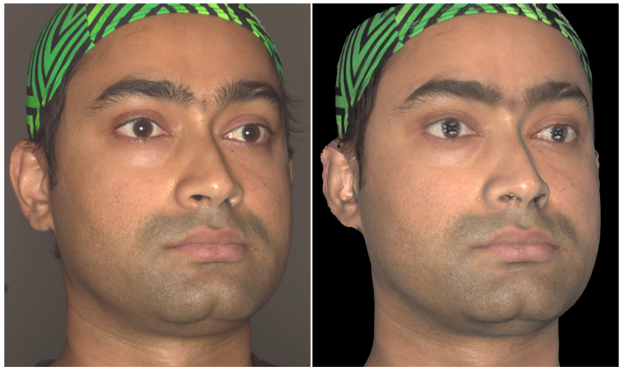Top 5 Libraries for Data Analysis in Python
Python is one of the most popular languages for data analysis due to its many convenient and effective libraries. These tools help you process, analyze, and visualize data, making your work faster and easier.

A teacher at the Urban online school shared the top five libraries for data analysis in Python:
1. Pandas
Pandas is a library for working with tabular data. It allows you to load data from CSV, Excel or databases and easily manage it. The main object in Pandas is DataFrame, which makes working with data convenient. With Pandas, you can filter, sort, aggregate and transform data, which makes it indispensable when analyzing large amounts of information.
2. NumPy
NumPy is a library for working with arrays and matrices of data. It is ideal for performing mathematical operations on large amounts of numerical data. NumPy is often used as a base for other libraries, such as Pandas and SciPy. It is also widely used in scientific computing and simulations.
3. Matplotlib
Matplotlib is one of the most popular libraries for creating graphs. It provides all the necessary tools for creating simple and complex graphs, such as line graphs, histograms, and pie charts. Matplotlib allows you to visualize data and clearly present the results of analysis
4. Seaborn
Seaborn is a data visualization library built on top of Matplotlib. It makes it easy to create beautiful and informative graphs. Seaborn offers ready-made styles and high-level functions for building complex graphs, such as heat maps and scatter plots, making them more understandable and aesthetically pleasing.
5. Scikit-learn
Scikit-learn is one of the best machine learning libraries in Python. It includes many algorithms for classification, regression, and clustering, and provides convenient tools for data preprocessing and model evaluation. Scikit-learn makes it easy to build and test models, making it useful for both beginners and experienced professionals.
These five libraries play an important role in working with data in Python. They help you efficiently process, visualize data, and implement machine learning, making your work more productive and faster.





